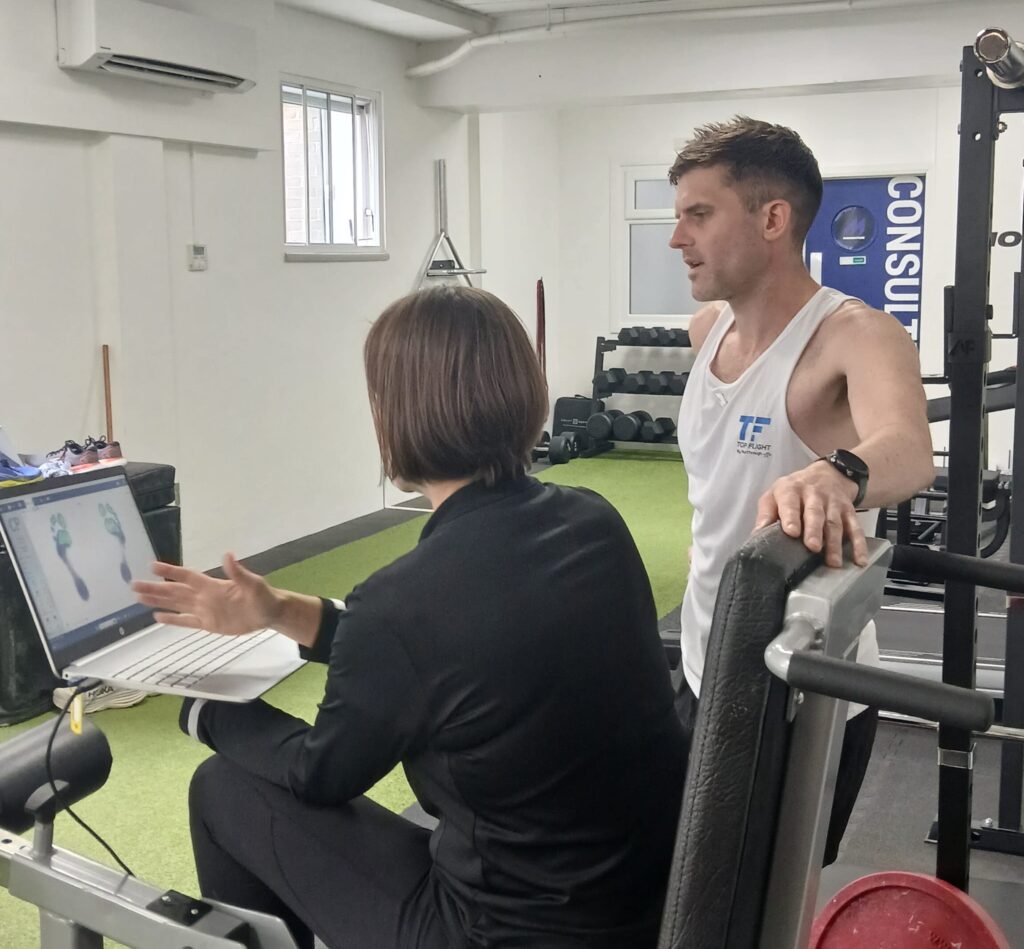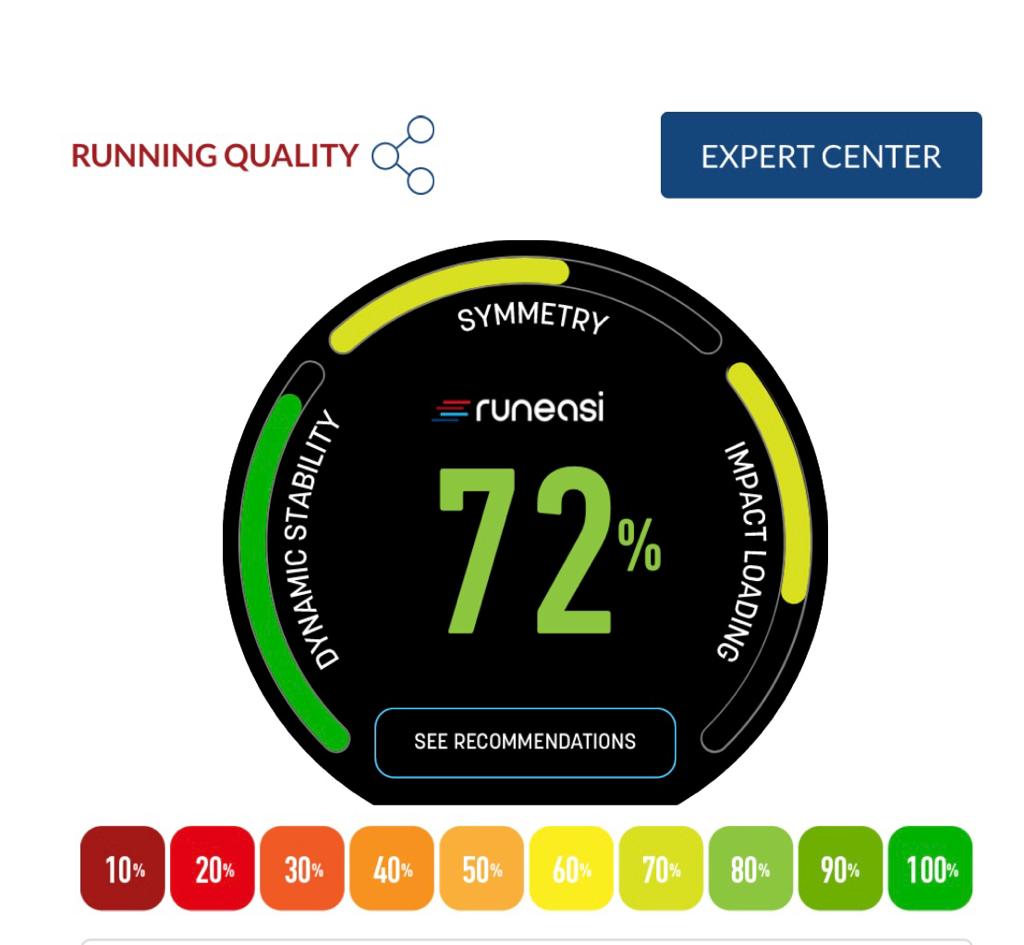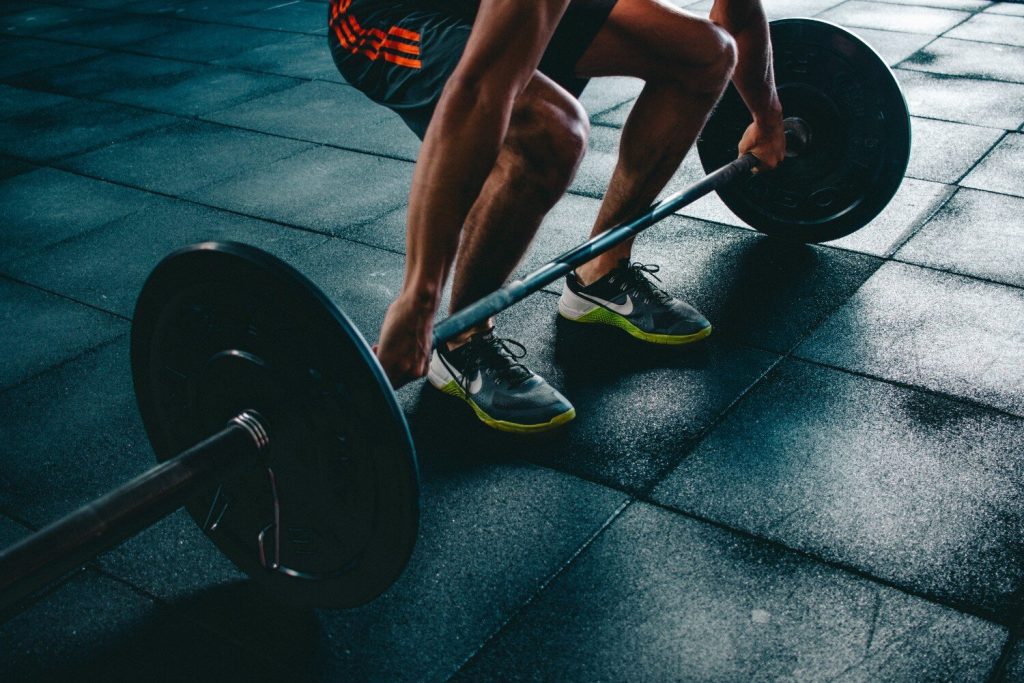At momentum we do run assessments differently.
We don’t just video you on the treadmill and tell you you’ll need to change your running gait.
In fact, we rarely tell people to change their gait. Research tells us that people will self-optimise their gait to their most efficient technique. Therefore, we explore other variables that can be adapted to improve a runner’s efficiency, economy and robustness.
Using a comprehensive assessment, we can gain an insight into how you move, highlight any potential injury risks and what you can do about it.
Step One: How do you move?
Human Biomechanics is the study of mechanical principles that govern human movement and the structure and function of the human body.
This assessment will highlight the body’s ability to work in 3 planes of movement:
- Sagittal – forwards and back
- Frontal – side to side
- Transverse – rotation
Human movement is primarily sagittal which allows us to move forward and back. However, all three planes of movement are required to facilitate this. Similarly, during running in order to efficiently propel the body forward you need to have control and strength in all three of these planes.
During this biomechanical assessment we aim to highlight strengths and weakness within your movement. We will assess your foot and ankle function, hip and thoracic function. These areas are prime for running to be optimally performed.
Step Two – How do you run?
We will analyse your performance using the Runeasi Gait Analysis belt and video footage of you running on the treadmill. This gives us an insight into how you function when running. The Runeasi provides us with objective data about any asymmetries, your ability to stabilise in the stance phase of gait and your ability to deal with the forces of running.
Step Three – What are your feet doing?
Footscan technology provides us with objective data and insights into the speed, quality and direction of movement through your foot as you run. By visualising how pressure and weight are distributed across the feet, Footscan aids in diagnosing any foot-related issues and if anything at foot level is potentially causing issues higher up the chain.
Step Four – How strong are you?
The demands of running are high. Understanding and addressing these demands can help you improve your performance, prevent injuries, and enjoy the many benefits of running.
Running is a cyclic sport that involves many steps per minute. For every action there is an equal and opposite reaction. Every step in running requires the body to withstand ground reaction forces up to 7 x bodyweight. Therefore, having the strength to deal with these loads is essential.
Using Force Plates and max strength testing, will assess the strength of key muscle groups used in running to give us an insight into the ability of your body to tolerate such forces.
Results from each stage of your assessment helps to build a picture of your overall function and performance. The findings from your assessment will give you insight into how you move, highlight any potential injury risks and what you can do about it. This information will be provided to you in a comprehensive report and includes a 4-week running specific strength and conditioning programme based on your results.
Who is it for?
- New runners – training for the Great North Run? or looking to improve your Park Run?
- Frequently injured or running with pain
- Looking to take their running to the next level
Book TODAY or contact us for more info



